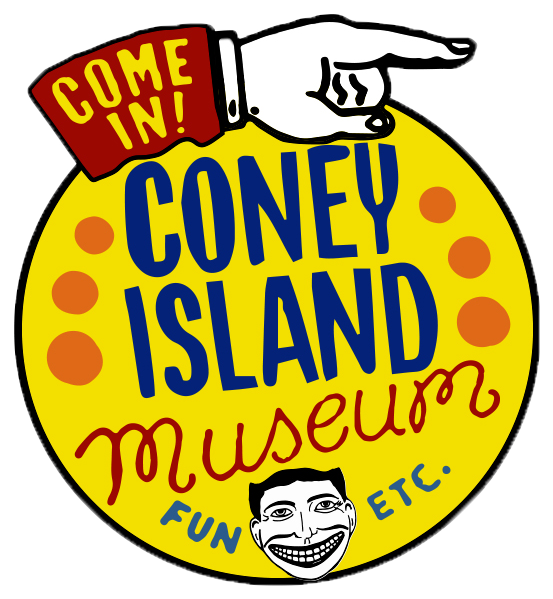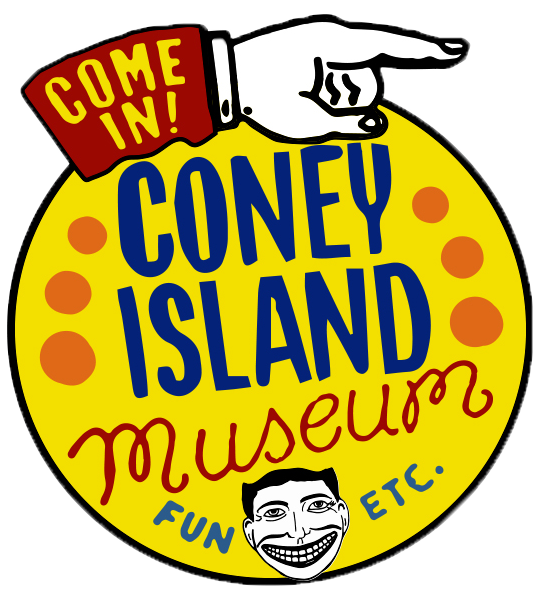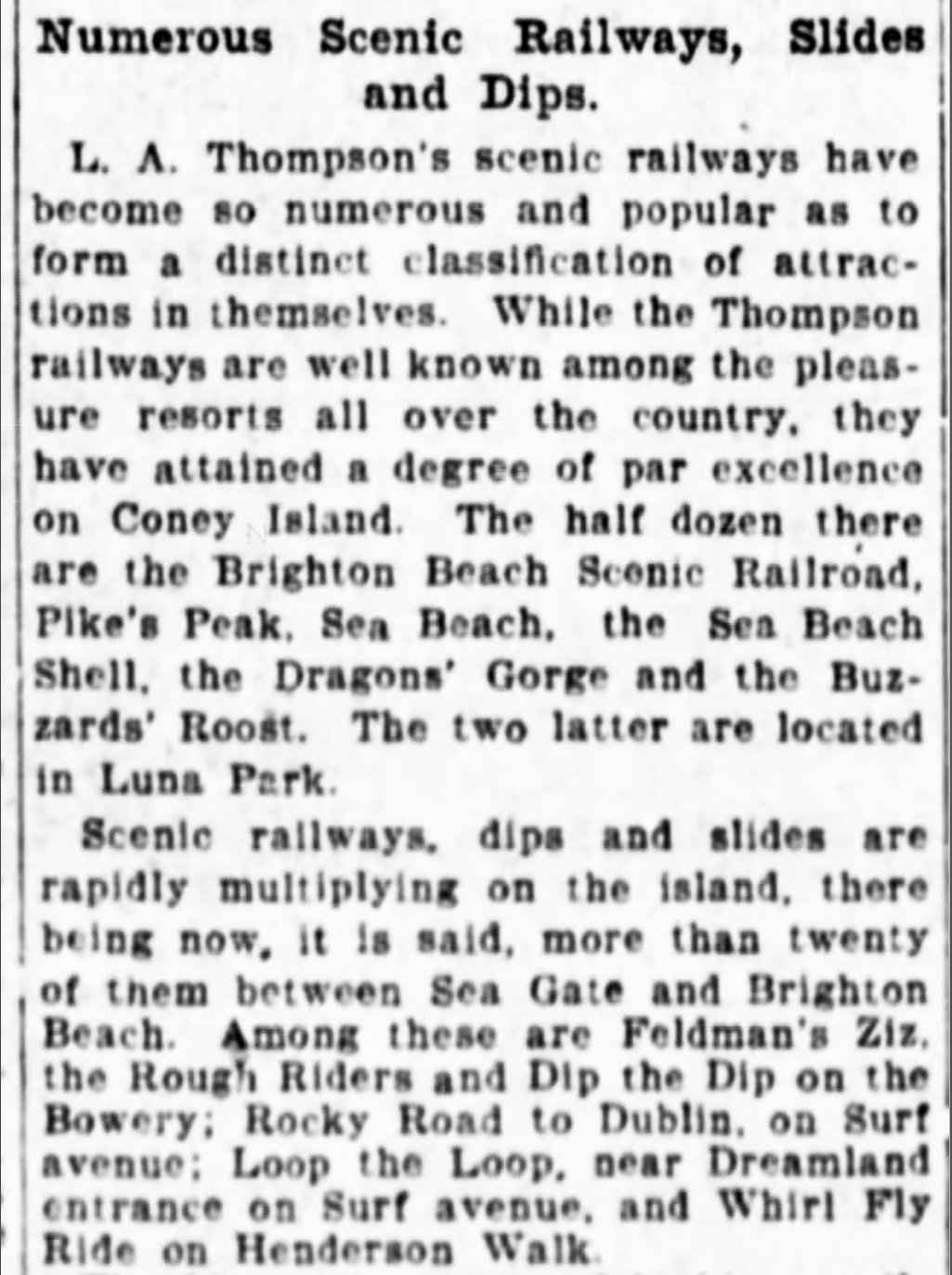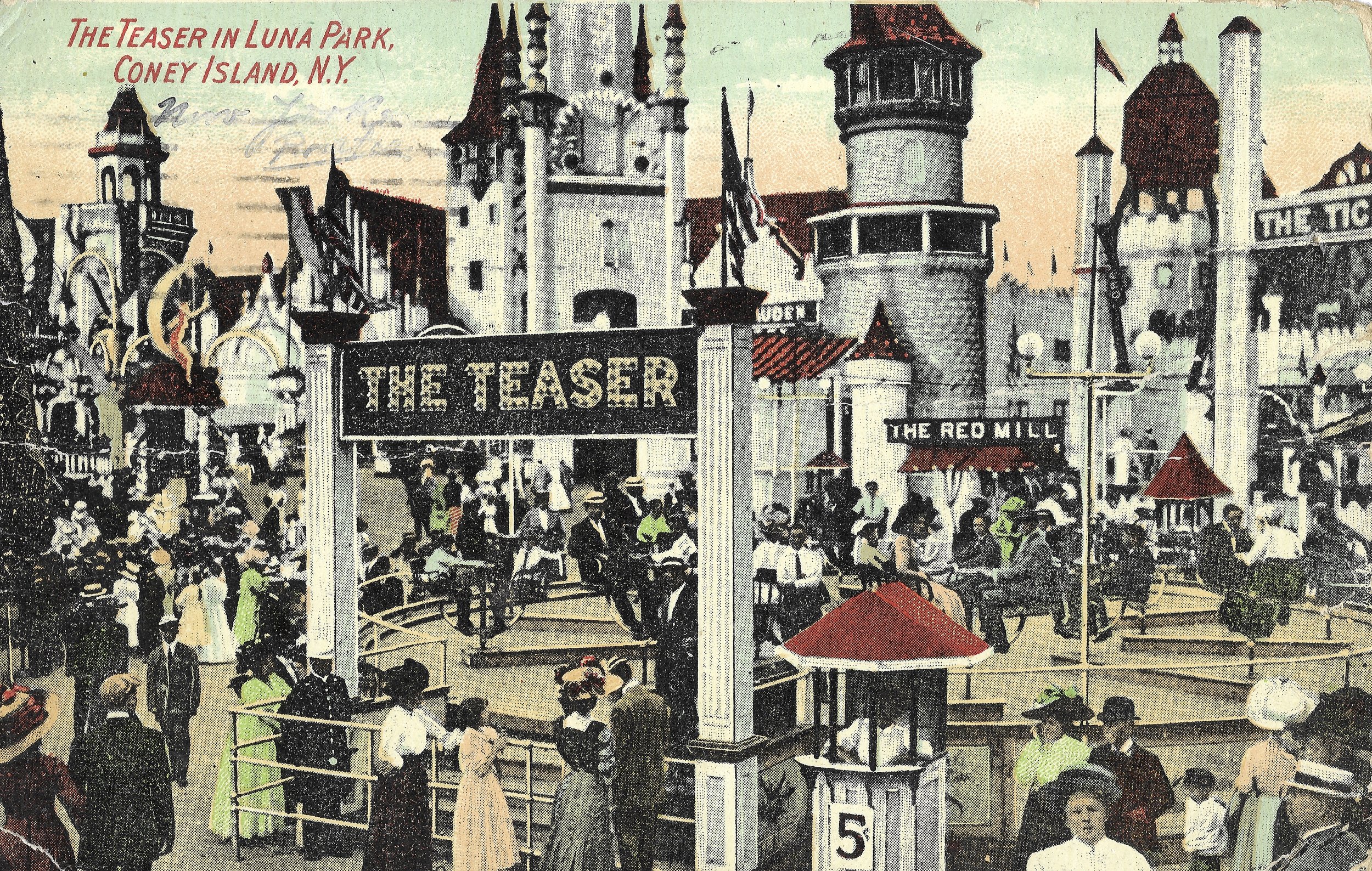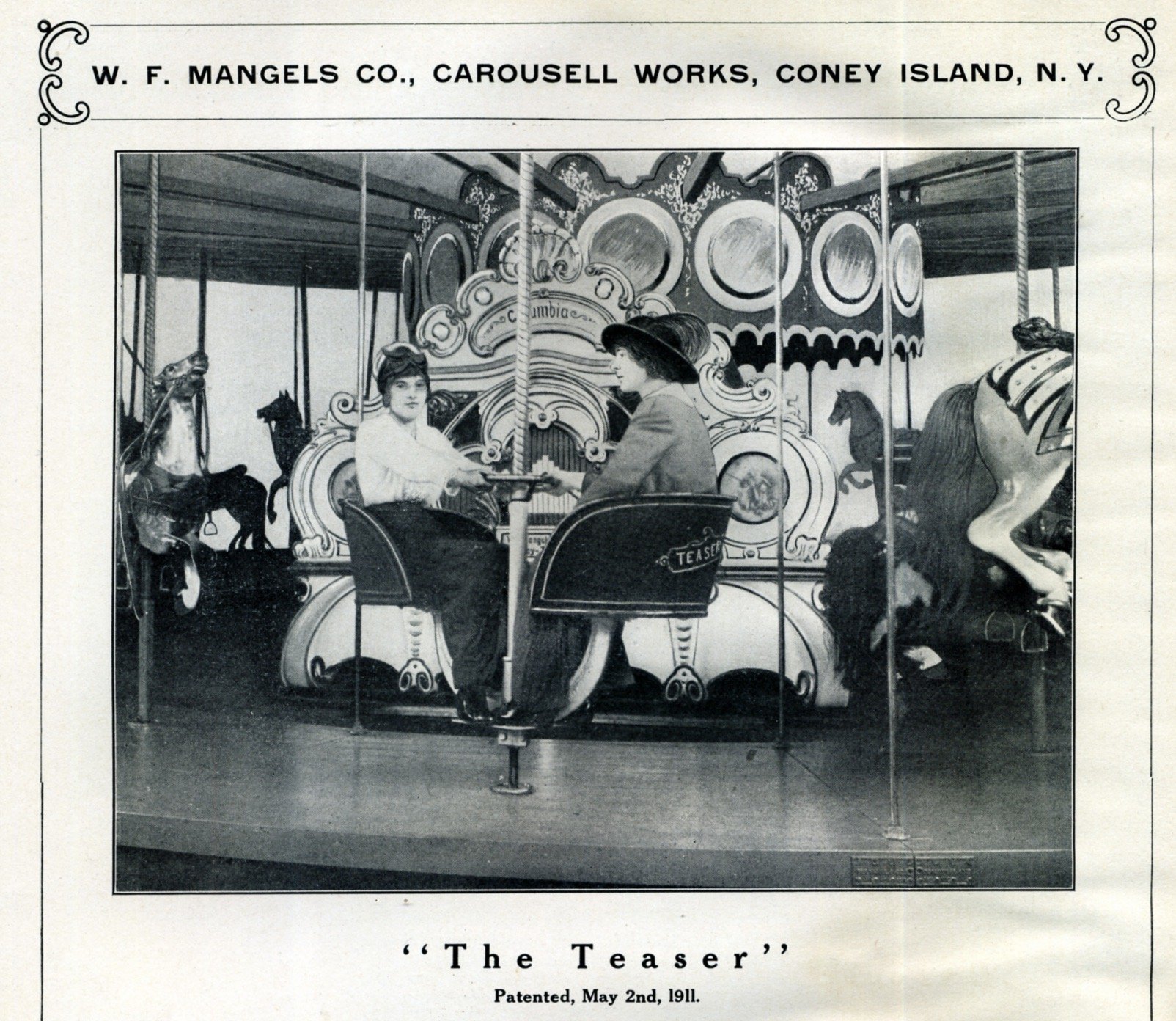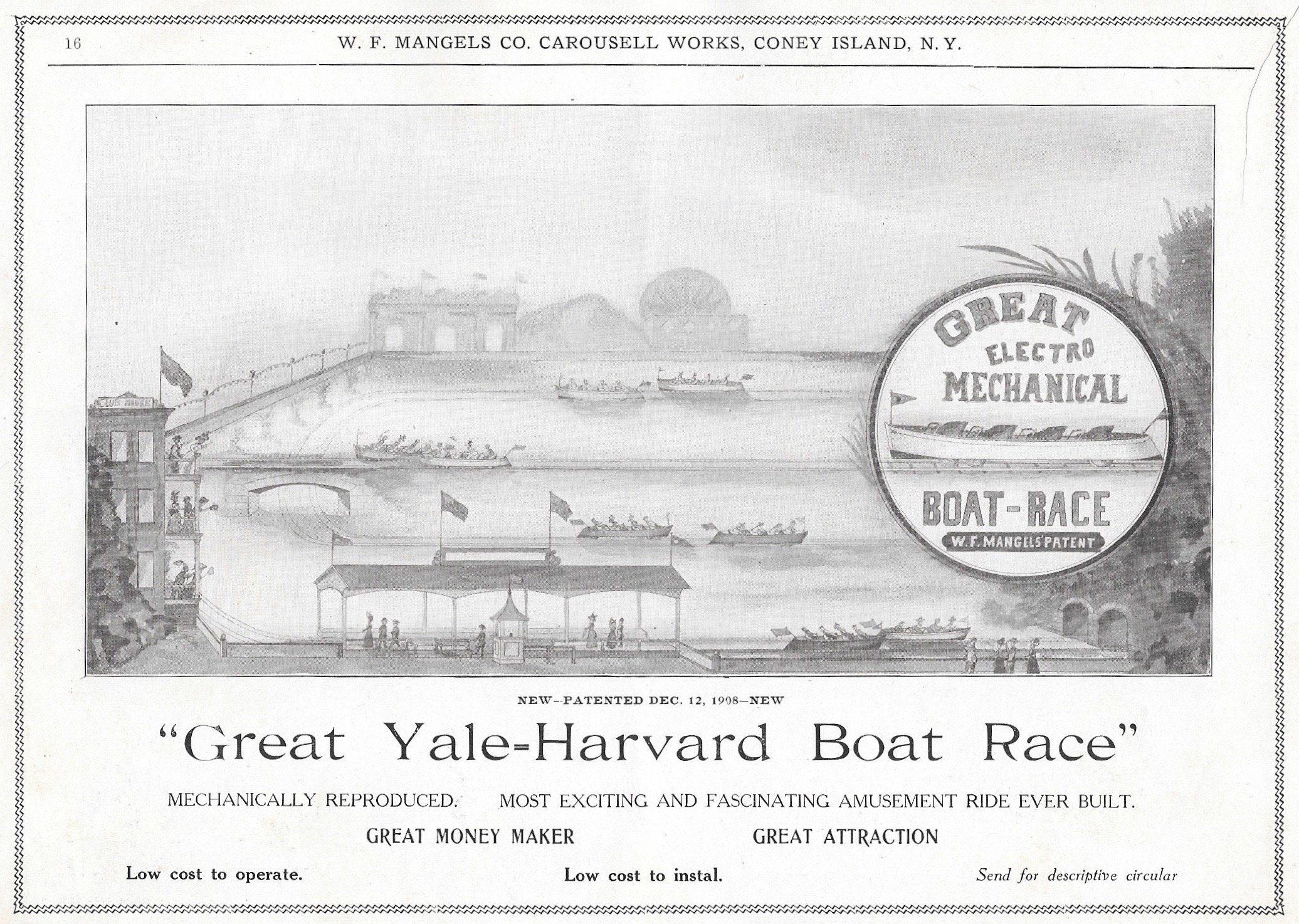Coney Island’s Quirky Amusements
Coney Island is widely recognized as the birthplace of the modern outdoor amusement industry, where early 20th century visionaries combined imaginative designs with the latest technological advances. From carousels to roller coasters, thrill rides to kiddie rides, mechanical wonders have attracted generations of visitors to Coney Island’s amusement parks in pursuit of “loco-motion”. Looking back at over a century of iconic rides, it’s easy to choose the most popular, legendary, or awe-inspiring. However, there have been some amusement devices that leave us wondering just what the designers, owners, operators — and riders — were thinking.
It’s a fair bet that not all of these attractions would make anyone’s top 10 list:
Periodical, Bock-Sprung-Bahn Train, Germany,1905; Coney Island Museum collection
The Leap-Frog Railway
Apparently, this ride sought to solve the problem posed by having a single track for multiple trains going in opposite directions. Was that a real concern? Yikes! Based on a 1894 patent by Henry Latimer Simmons, Dreamland’s Leap-Frog Railway was installed on a track extending 600 feet out over the ocean, parallel to the Iron Pier. Riders enjoyed (?) the novel experience of one rail car laboriously climbing over another. Short-lived, the ride was shut down over concerns for riders’ safety.
Arkansa Traveler, Earthquake Stairway, Cakewalk, Funny Stairs
While each of these devices operated differently, all were devised with similar intent — daring riders to navigate an erratic mechanical course. Some featured a path that was split lengthwise, with each side moving independently of the other (the Arkansas Traveler at Steeplechase, Luna Park’s Cake Walk). Others, like Luna’s Funny Stairs and the Earthquake Stairway at Steeplechase, employed steps that shook and buckled up and down. Besides being challenging (?), we have to assume that riders often walked (or limped) away sporting bruises —to more than just to their dignity!
Above left, W.F. Mangels Catalogue 6, courtesy of the Mangels family. Above, photograph; the Coney Island Museum collection
Human Pool Table (1919-1959)
A fixture in the Pavilion of Fun, the Human Pool Table was a perennial favorite at Steeplechase Park for forty years. After speeding down the Dew Drop Slide, riders would land on a platform made up of 24 discs, all revolving in different directions. Folks sportingly navigated across these spinning surfaces trying to avoid each other. The First Aid Station at Steeplechase must have been busy as a result of this and some other attractions. Try getting one of these installed in a modern-day amusement park!
Whirl-Fly (1907?)
Definitely an imaginative concept, the Whirl-Fly combined both ferris wheel and roller coaster elements into one device, but the height and insect-like stance of the car seems particularly unwieldy. This rare postcard image seems to be the only representation of the Whirl-Fly’s design, and a newspaper clipping from May 19, 1907 confirms that the ride actually existed. But for how long/? An advertisement for the “Whirl-Fly Cafe”, located in the same general vicinity, may be related to this mysterious ride, but raises more questions than it provides answers.
Above: Postcard, undated; Coney Island Museum collection Below: Brooklyn Daily Eagle, May 19,1907
The Scenic Spiral Wheel, aka the Top (1917-21)
This massive ride is absolutely mesmerizing to watch, but clearly was underwhelming to ride. Luna Park’s Scenic Spiral Wheel’s huge, 70 foot diameter steel wheel tipped towards its heavier side where it rested on its bottom edge, and 3200 feet of roller coaster track spiraled around its outer rim from top to bottom. As the four-car train circled the rim, its weight changed the wheel's tilt so that the entire device gyrated around like a slow-spinning top. The train spiraled down the track at a sluggish two and one half minute pace. Although inherently charming, the Top was replaced with something a bit more exciting.
Above: National Archive ID: 92548 ; America At Play; c. 1918
Below: The Illustrated London News, May 25, 1907; Human Bagatelle: An Exciting Pastime; Coney Island Museum collection
Chilkoot Pass, aka Human Bagatelle, (1904-1907s)
Dreamland’s Chilkoot Pass was situated in a classical-style structure whose main entrance resembled a proscenium arch. The ride sent passengers careening down an inclined platform in tall baskets, where they would jockey to avoid iron stanchions installed at random intervals and land in slots given a numerical value. (Bagatelle is a billiards-derived indoor table game popularized during 19th century) Riders were awarded prizes based on the value of the slot in which they’d landed. However, it’s chilling to think that Chilkoot Pass was a possible reference to the1898 avalanche disaster that killed 65 people on Alaska’s Chilkoot Trail.
The Teaser (1911-14)
William Mangels was the master of mechanics, and collaborated with Coney Island’s greatest carvers to create carousells of unparalleled beauty. Installed at Luna Park,The Teaser device — looking like an upscale bar stool — was available as an option on many carousell models that Mangels built, and was even offered as a stand-alone attraction. Like carousell horses, the Teaser seats moved up and down, and riders could also spin their seats by means of a wheel attached to the pole. While not as dashing as an Illions prancer, perhaps this ride was created for a more genteel class of riders. By 1914, it had been replaced by Mangels’ most sensational invention — the Whip.
Below left: Postcard, 1913, Coney Island Museum collection Below right: W.F. Mangels Catalogue 7, courtesy of the Mangels family
The Scaler (1906-1944)
Installed as part of Luna Park’s Helter Skelter slide attraction, The Scaler was one of the first commercial uses of the escalator. Developed by Jesse W. Reno in 1892, it made its debut on Coney’s old Iron Pier in 1896, where it was used to move passengers disembarking from steamboats. While the side-seating escalator may look odd to us, the technology must have been a novelty at the time. However, it’s hard to imagine that ascending on the Scaler was nearly as thrilling as coming down the Helter Skelter.
Right: Postcard, undated; Coney Island Museum collection
Below: Postcard, undated; Coney Island Museum collection
Yale & Harvard Boat Race (1909)
Another creation of W.F. Mangels, the “Great” Yale-Harvard Boat race was installed in Dreamland in 1909. According to Mangels, “…It consisted of two parallel tracks on which imitation boats were operated. In front of each seat in the boats were levers which, when rocked back and forth by the riders, propelled the boats forward. The crew that worked the hardest soon won the race. In theory this was fine, but in practice it soon developed that a boatload of pleasure-seekers, accidentally coming together for the first time, cannot be depended on for the teamwork expected of a trained crew, and the races usually fizzled”. Apologies, great-grandad, but for most folks, work isn’t play. And not every concept is a winner.
Excerpt, “The Outdoor Amusement Industry : From Earlier Times To the Present”; William F. Mangels; Vantage Press, 1952
Above right: W.F. Mangels catalogue, courtesy of the Mangels family
